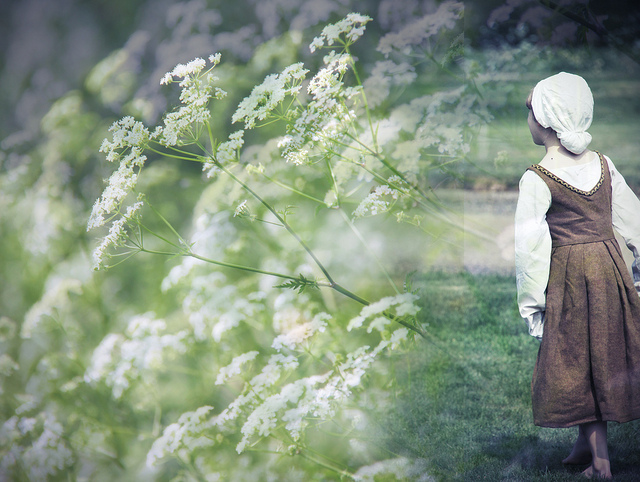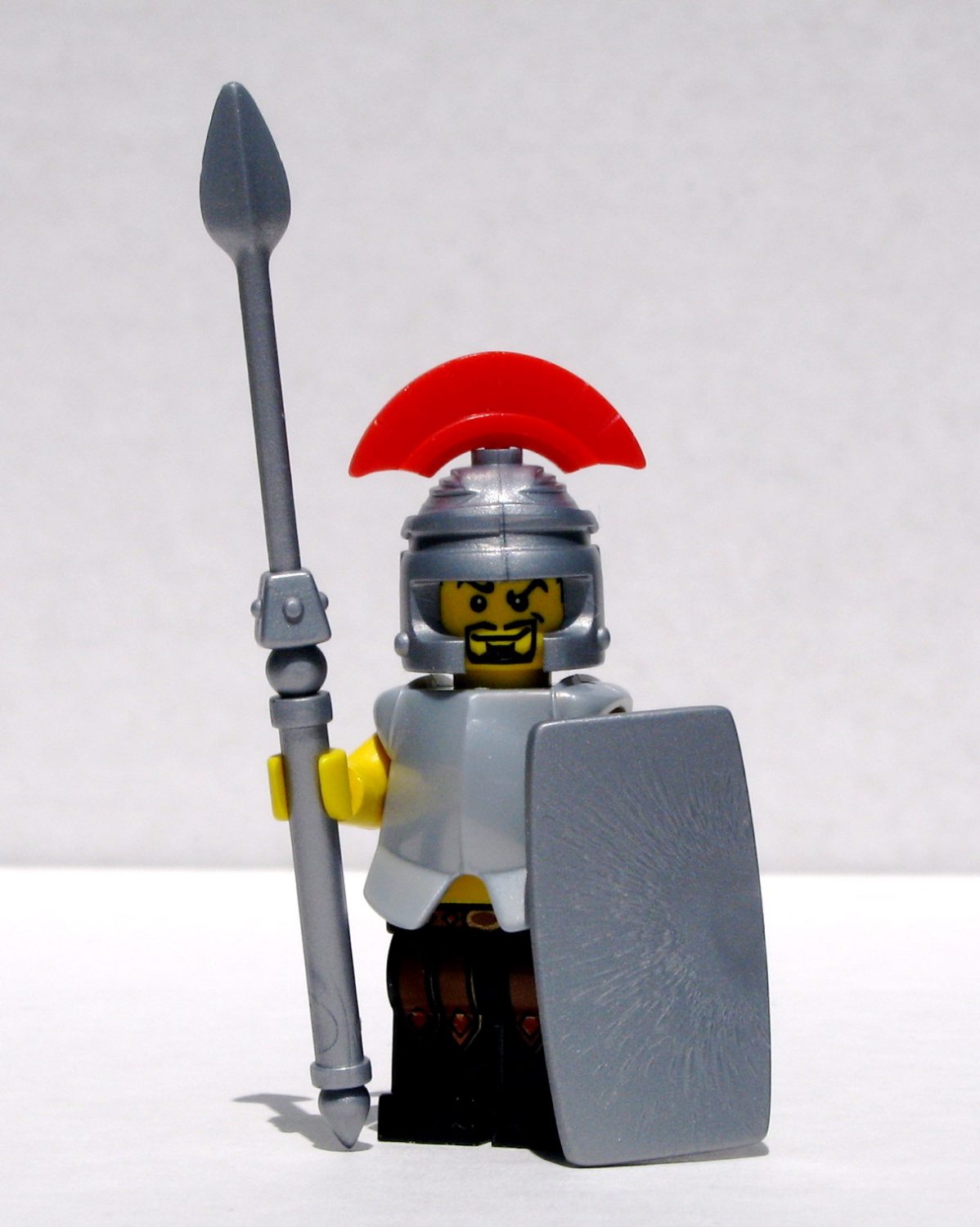What is Home Education Really Like?
My name is Alys. I’m nearly thirteen years old. I’ve been home educated since I was nine, but before I went to a Montessori school I was home educated.
A History of Fandoms
A lot of adults are very critical of the fans of 1D or Zoella, thinking they are silly for getting so excited, and for screaming and shouting. But did you know that fandoms have existed for a very long time? They’ve not always been called fandoms; that is a fairly recent development, but they are nothing new.
POO-EE! Roman Toilet Seat Found Near Hadrian’s Wall
How would you like to root around in a 2000 year-old toilet?! The Romans created aqueducts, newspapers, and bound books… but did you know they helped create the toilets we have today?
Archaeologists at a Roman excavation site in Northumberland have recently uncovered a wooden toilet seat…that is 2000 years old! While it looks a bit more basic than the toilet seats we have today, it shows that they were very concerned with cleanliness.

The Roman wooden toilet seat. Not looking bad to say it’s 2000 years old! (Source.)



